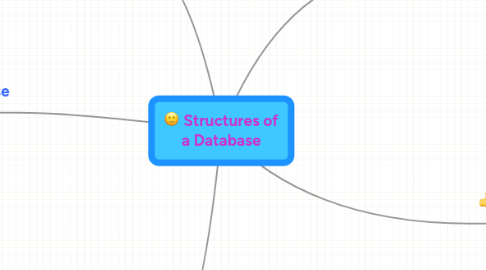Structures of a Database
저자: Jacqueline Bene

1. Hierarchical Database
1.1. Allows one-to-one and one-to-many relationships.
1.2. Offer lightning quick searches.
1.3. Utilize a minimum amount of disk space for storage.
2. Networked Database
2.1. Uses a mesh-like structure to offer the additional capacity to define many-to-many relationships.
2.2. Rarely used today for business, consumer, and other mainstream database applications.
2.3. Remain in use only for specialized applications.
3. Relational Database
3.1. Stores data in a collection of related tables.
3.2. Each table is a sequence of records similar to a flat file.
3.3. All the records in a table are of the same record type.
4. Flat File
4.1. The simplest model for storing data.
4.2. Consists of a single, two-dimensional table of data elements.
4.3. Each row in the table is a record and each column of the table is a field.
5. Dimensional Database
5.1. Organizes relationships over three or more dimensions.
5.2. Sometimes referred to as a multidimensional database.
5.3. Each field is contained within a cell that can be accessed directly from a query or from following a relationship.


